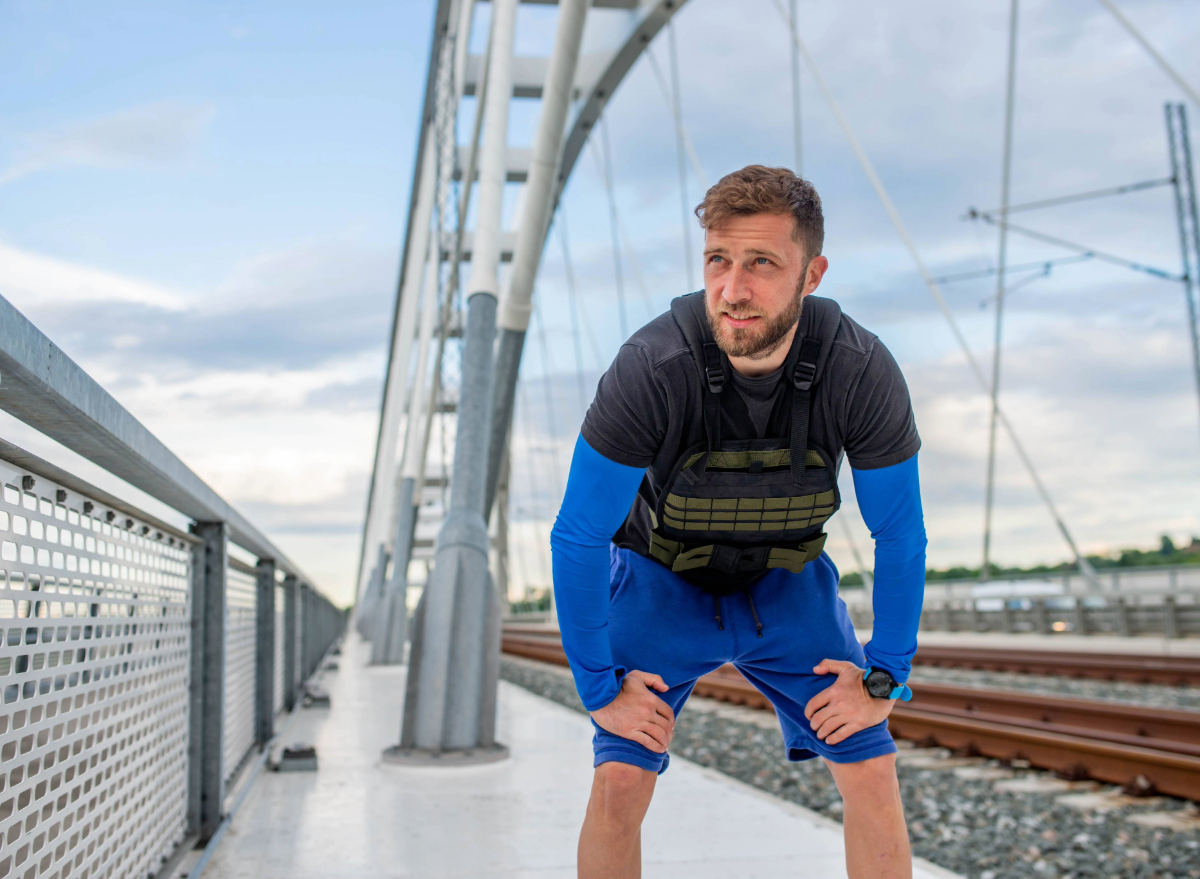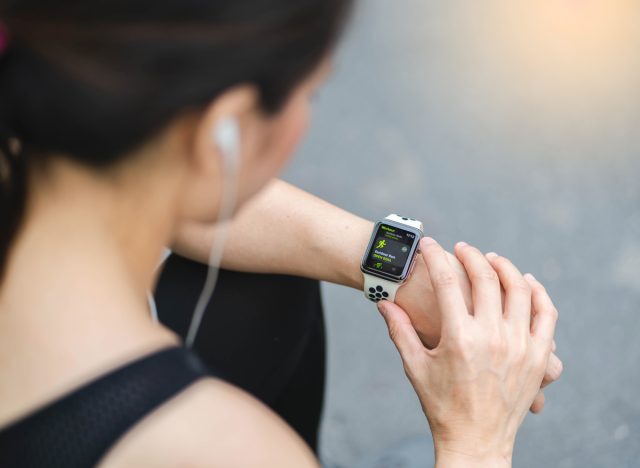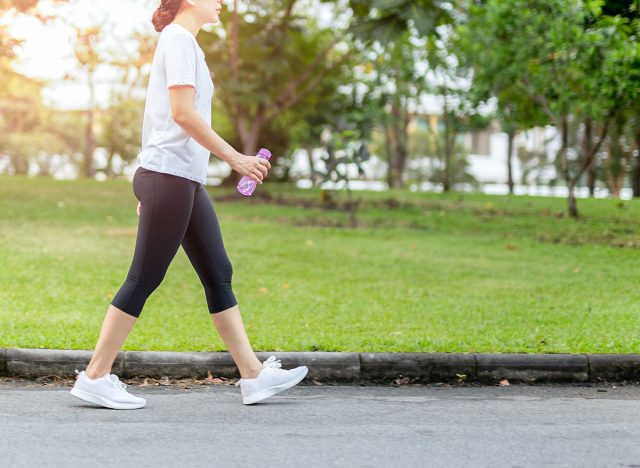I Walked 12,000 Steps Daily for 7 Days—This Was the Motivating Result

I’m a trainer who’s always on the move. But even with regular workouts and active clients, I noticed I was spending a lot more time behind a screen lately, writing programs, answering emails, or scrolling between sets. My strength training was consistent, but I felt stiff, sluggish, and mentally foggy by mid-afternoon. I didn’t need a new workout plan. I needed more movement in the margins of my day.
That sparked this seven-day step challenge. I hit 12,000 steps daily, enough to push me out of autopilot but still realistic with a busy schedule. I wasn’t aiming for perfection. I wanted to see if this simple habit could re-energize my body and clear the mental cobwebs. What happened was better than I expected.
How I Hit 12,000 Steps a Day Without Overhauling My Life

To keep things simple, I didn’t carve out one massive walk per day. I broke it up. The easiest win was walking my dogs more. Instead of one longer walk, we went out in shorter, more frequent bursts. They were thrilled. I also started taking more of my work calls outside. Instead of sitting at my desk, I popped in earbuds and paced around the block or the backyard while talking.
But the biggest game changer was walking after meals. I made a point to walk for three to five minutes after breakfast, lunch, and dinner—outside when the weather cooperated or on my walking pad if it didn’t. Those short, intentional walks added up fast. They helped me hit my step goal and made digestion feel way better. I didn’t get that heavy, sluggish feeling post-meal like usual.
By day three, I had built a rhythm. I wasn’t dragging myself to get steps. I was finding excuses to move. I’d walk while sipping coffee. I’d pace during podcasts. If I had 10 minutes to kill, I would walk.
The Subtle Changes That Made a Big Difference

After a few days, my hips and back felt less stiff, especially in the mornings. My energy stayed more consistent throughout the day. I wasn’t reaching for a second coffee by 2 p.m. and didn’t feel the usual mental crash after lunch.
Even though I was already active, adding more low-intensity movement boosted my recovery. I slept deeper, my digestion improved, and surprisingly, my mood shifted, too. Those little walks helped me mentally reset between tasks. Instead of jumping from one screen to the next, I had built-in time to clear my head. I felt more productive and less scattered.
I didn’t lose weight or chase fat loss during this challenge, but my body felt tighter by the end of the week. My core looked a little more defined, and I woke up feeling less bloated. Small, consistent movement made my body feel more responsive.
The Routine Stuck—Because It Didn’t Feel Like a Workout

The best part? It didn’t feel like work. Walking wasn’t a chore. It was a release. By the end of the week, I looked forward to those short strolls. They gave my brain a break, helped me disconnect from tech, and created more presence in my day.
That’s the trick with habits that stick; they’re easy to do and add something to your life rather than taking something away. I didn’t give up anything. I just moved more. And that small shift made everything else feel smoother.
Would I Recommend It? 100 Percent

Walking more might be the reset you need if you’re feeling stiff, low-energy, or stuck in a workout rut. It’s easy to overlook because it’s so simple, but that’s the point. You don’t need to train harder. You need to move more, more often.
Twelve thousand steps may sound like a lot, but breaking it up into chunks is way more achievable than most people think. If you’re new to it, start walking after meals or swapping some screen time for stroll time. You’ll be surprised how fast those steps stack up.
After seven days, I gained a new tool I’ll keep in my routine. Walking more didn’t just change how I felt for a week; it reminded me how powerful small, consistent movement can be.